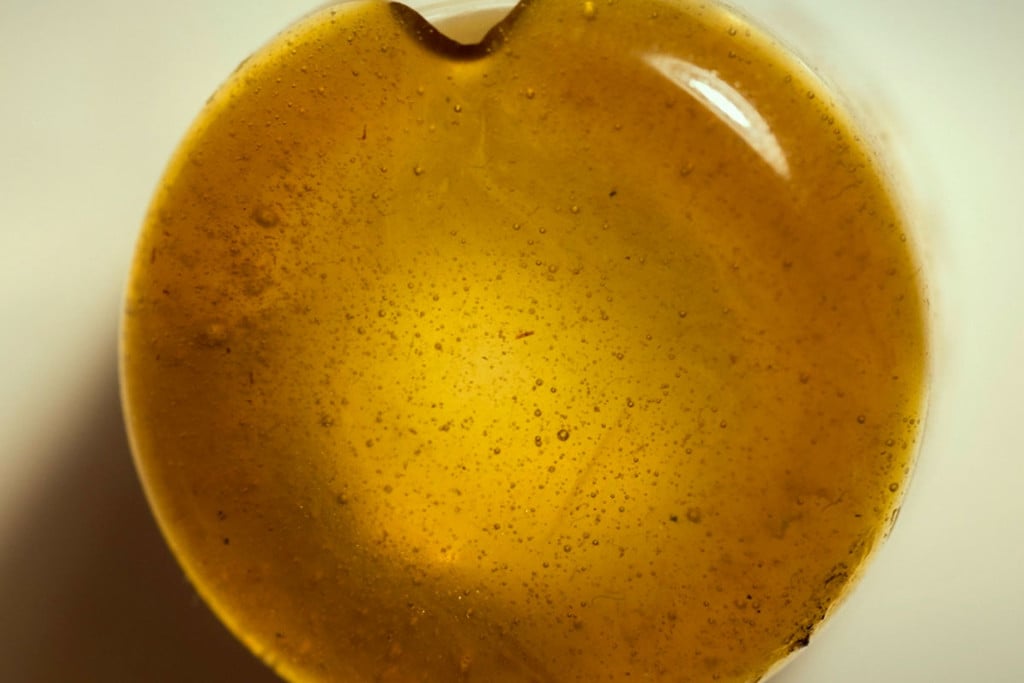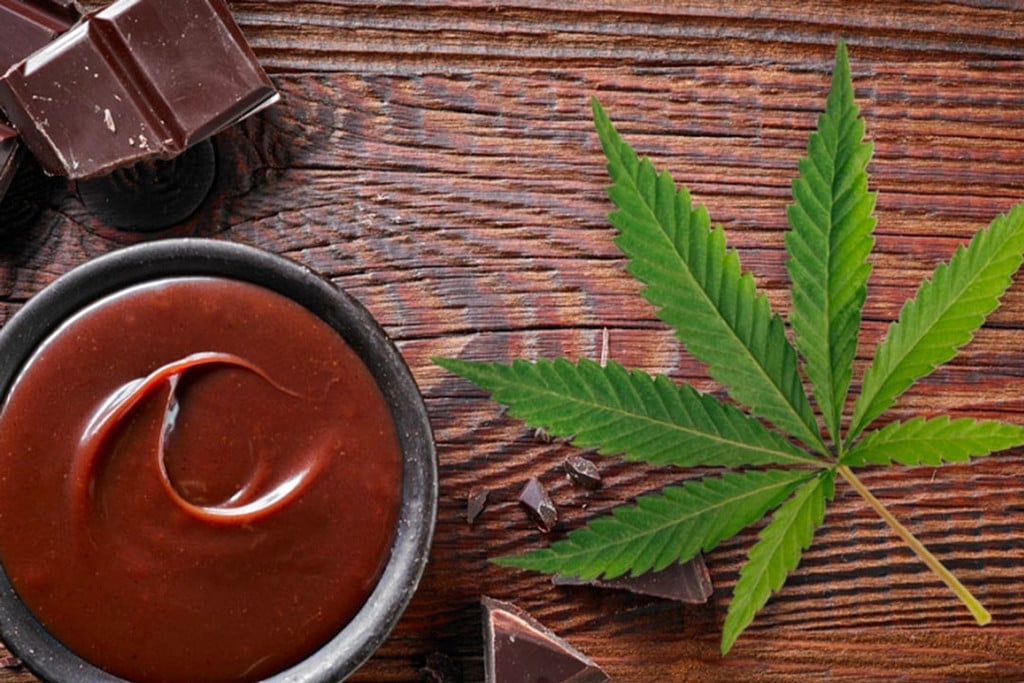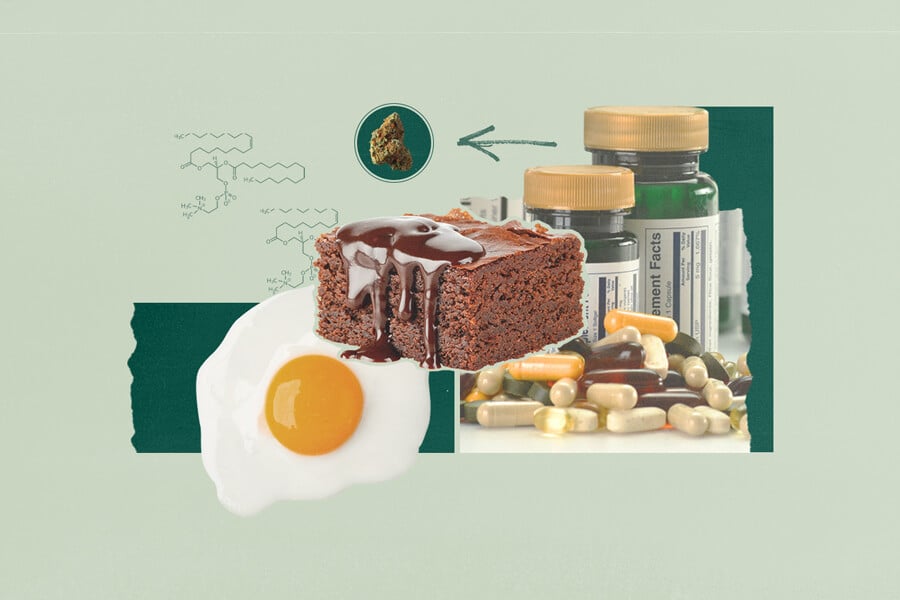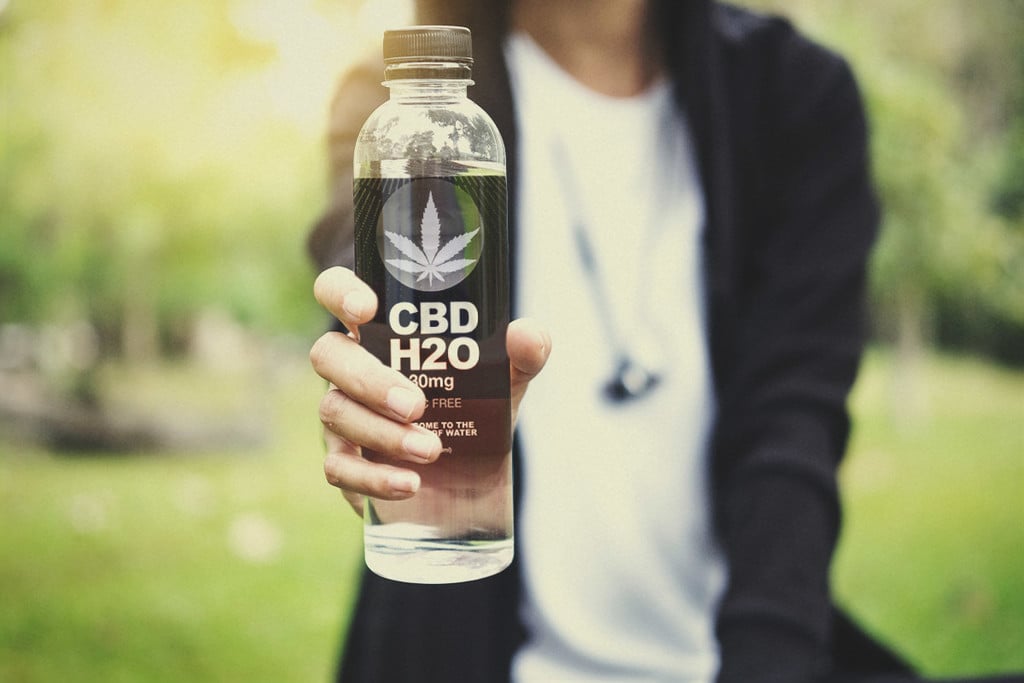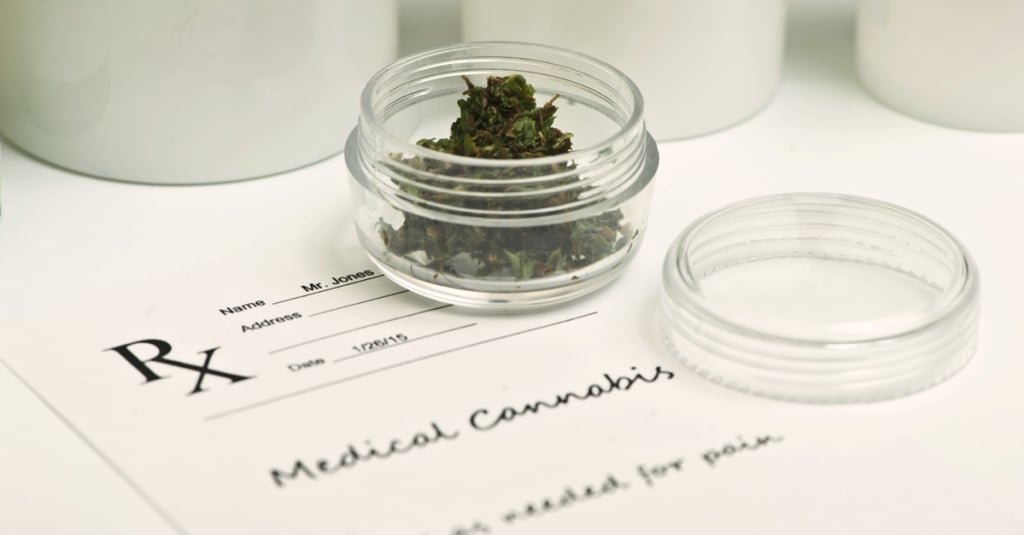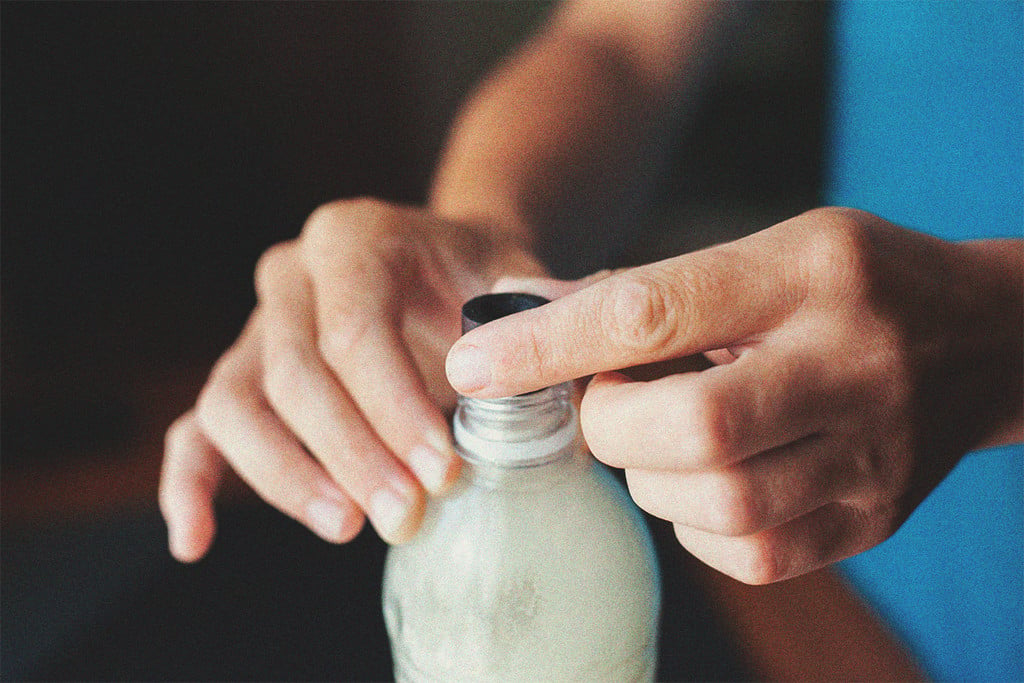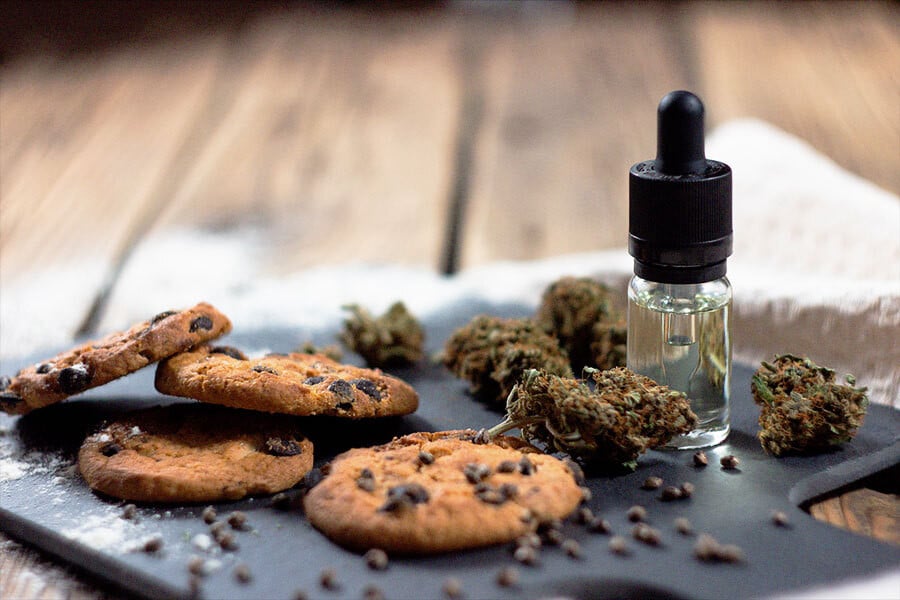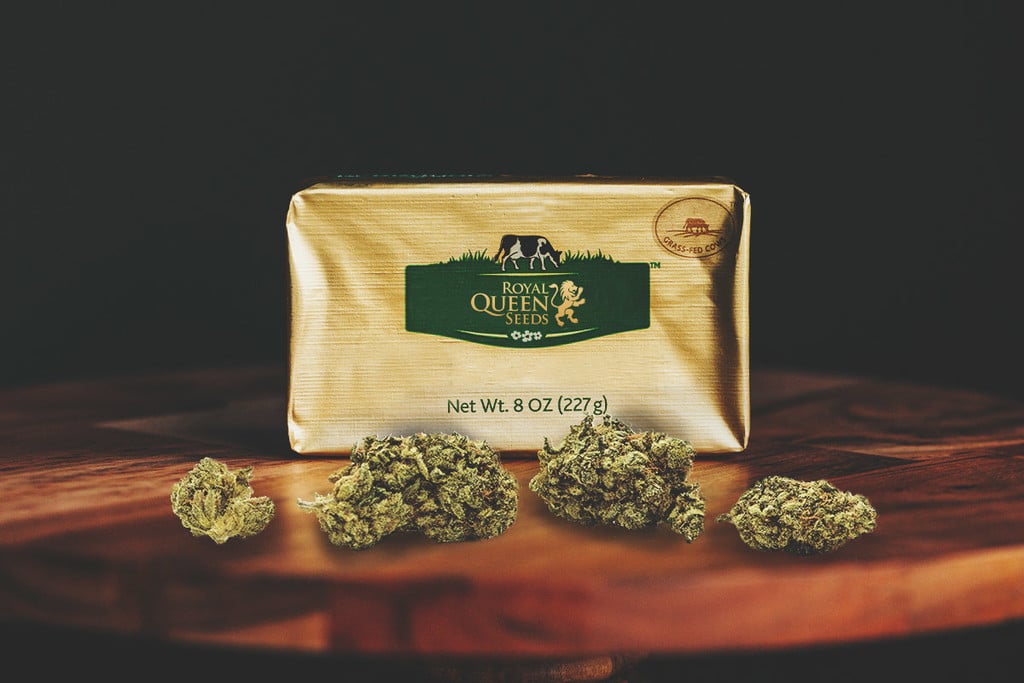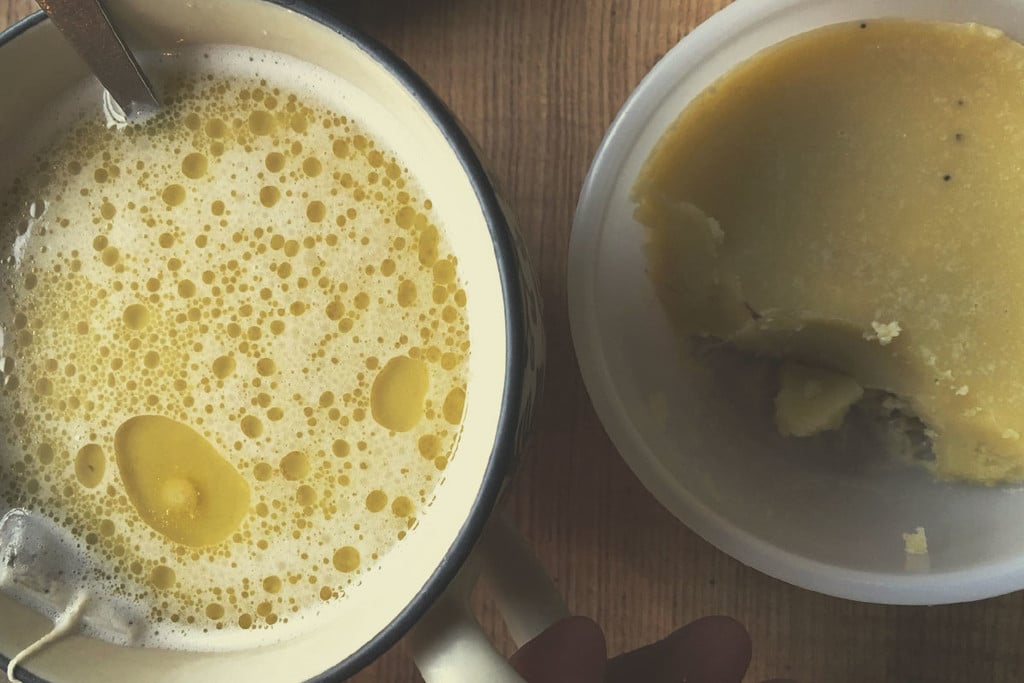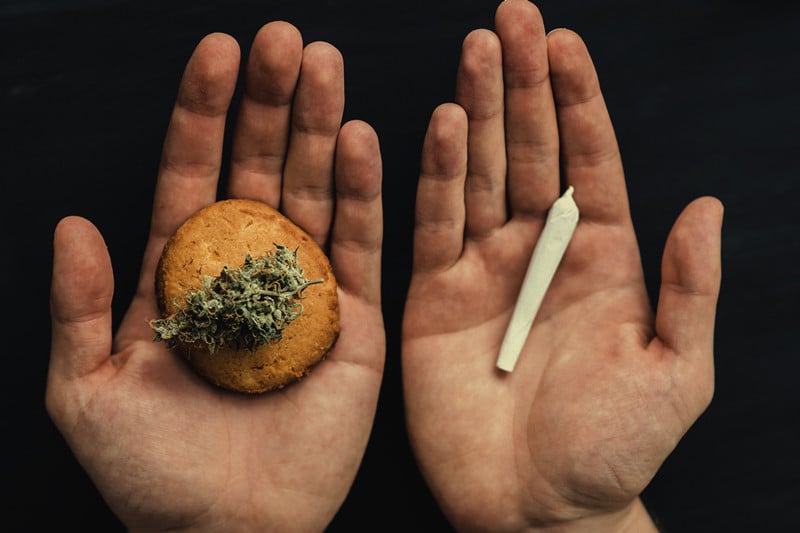.
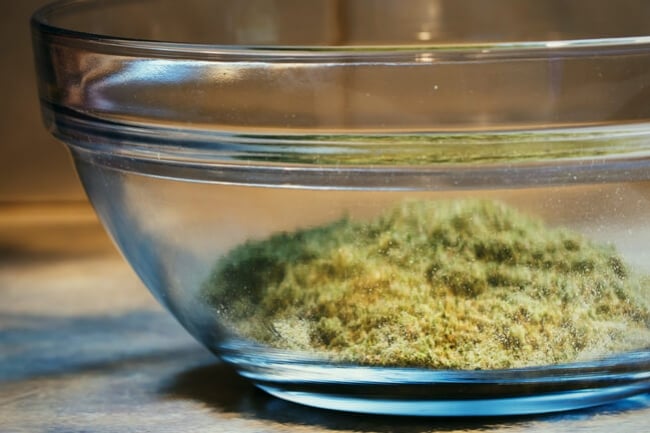
What is THC Powder and How to Make it
You've smoked a lot of blunts and bowls; you've scoffed down your fair share of edibles. Heck, you might have even placed some THC oil under your tongue to reap the benefits of sublingual administration. But have you ever taken THC powder? This water-soluble preparation hits much faster than standard edibles, and boasts much higher bioavailability.
Contents:
THC powder could change everything. No longer would you have to wait up to two hours for edibles to take effect, nor would you have to settle for a bioavailability of as low as 4%.
THC powder acts within a matter of minutes, and your body readily takes up much higher quantities of the molecule in this water-soluble form.
Cannabis Edibles: A Rapidly Evolving Sector
As legalization sweeps across the world and cannabis acceptance grows, edibles continue to mature in form and function. Humans have infused cannabis into drinks such as bhang since antiquity, and over the last few decades, cannabis enthusiasts have added THC into all manner of food items, from brownies to pasta sauce.
However, up until recently, these recipes were largely inaccurate and came with lengthy onset times. But like all technologies, cannabis edibles are becoming faster, more efficient, and more consumer-friendly.
-
From Hours to Minutes
If you’ve ever chowed down on a cannabis edible, you’ll know that they offer a much different experience to smoking or vaping. After taking a hit from a bong or vaporiser, cannabinoids such as THC quickly enter the bloodstream and exert their effects. However, when consumed orally, cannabinoids are subject to first-pass metabolism in the stomach and liver before they enter systemic circulation. This means edibles take longer to kick in; you can expect to wait anywhere from 30 minutes to two hours before feeling high.
Innovative companies have taken it into their own hands to decrease this latency period. Pioneers in the field have developed fast-acting edible formulas that contain emulsifiers and micro-sized particles that take effect in as little as 10 minutes.
-
Breaking Cannabinoids’ Hydrophobic Shackles
When cooking up cannabis edibles in the kitchen, you’ll notice that all recipes call for a fat source of some kind, often in the form of butter or coconut oil. Why? Because cannabinoids are fat-soluble lipids that naturally repel water—one reason they don’t enter the bloodstream very quickly. However, new edible innovations encapsulate cannabinoids in water-friendly carbohydrate coatings, allowing them to quickly penetrate bodily tissues and enter circulation.
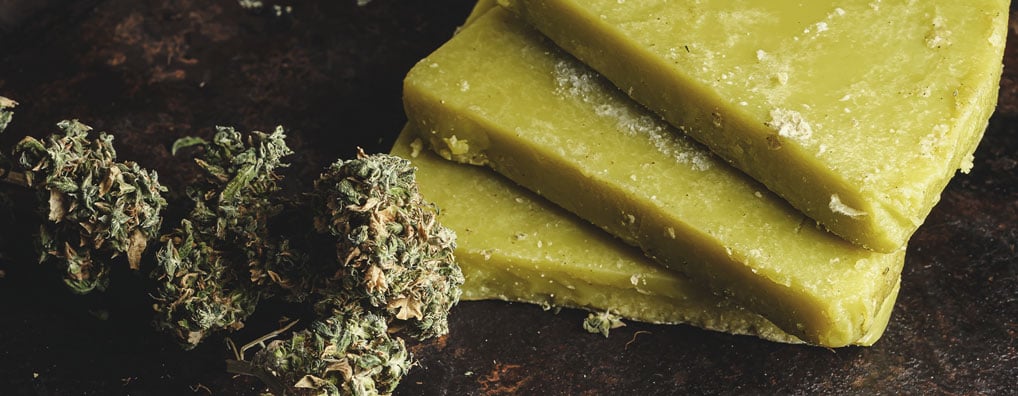
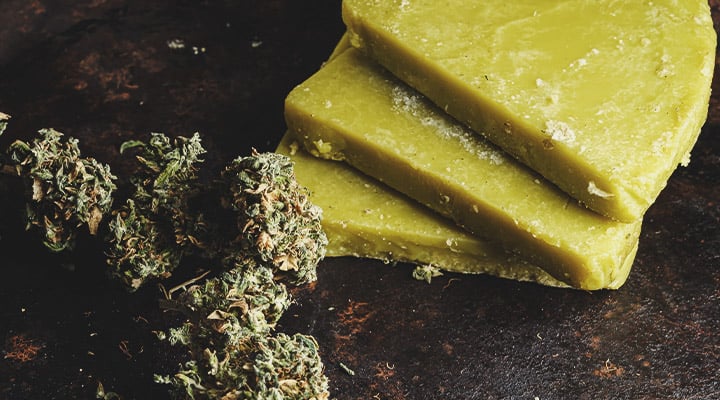
-
Improving Bioavailability
Not only have these impressive steps in the edibles industry decreased the onset of oral cannabis' effects, but they've leveraged emulsifiers to increase their bioavailability to boot.
Even though you might feel well and truly baked after chomping on a brownie, your body only absorbs 4–12% of the oral THC it consumes. Modern edible preparations, however, can boast a bioavailability of higher than 60%, meaning consumers only need to take a fraction of a dose to achieve the same response.
What Is Cannabis Powder?
Cannabis companies are scrambling to create products that slot into this new wave of edibles. Their efforts involve patent-pending technologies designed to deliver encapsulated cannabinoids in accurately dosed gummies, beverages, and foods. Dispensaries in legal states are already stocking their shelves with these innovations. However, if you’re strictly a home grower or don’t have access to legal cannabis, you can make your own fast-acting edibles. Cannabis oil powder serves as an easy means of reaping the benefits of carb-wrapped cannabinoids.
Cannabis oil powder sounds like an oxymoron at first, but it’ll all make sense when you view the recipe below. The process involves combining cannabis oil with a carb-rich emulsifier. This combination causes water-hating cannabinoids to behave more like water lovers. Cannabis powder features improved bioavailability and a quicker onset.
-
It’s Water-Soluble
Water-soluble cannabinoids aren’t only created in the confines of kitted-out laboratories. By combining the right ingredients, you can endow cannabinoids with water-soluble traits. Cannabis powder features cannabis oil (a water-repelling mixture) with an emulsifier that enables cannabinoids to happily mingle with water molecules.
Because the human body consists of around 60% water, this enables THC and other chemicals of interest to start to diffuse through our systems as soon as they enter the mouth.
What Are the Benefits of Cannabis Powder?
There are myriad benefits to weed powder. As well as better bioavailability and faster onset, it stands as a robust product with loads of potential. Budding cannabis chefs can unleash their creativity with THC powder by adding it to a host of tasty recipes. Not only will it go down well in a variety of sweet and savoury food choices (from banana bread to soups), but users can effortlessly add a teaspoon to their afternoon tea or coffee for some fast-acting elevation.
Rapid onset also moves this edible product closer to smoking and sublingual administration, as it allows users to dose more quickly and in a much more subtle manner. Eating infused brownies alongside your lunch looks a lot less conspicuous than unscrewing the lid to a dropper bottle or disappearing and coming back to the office smelling of weed.
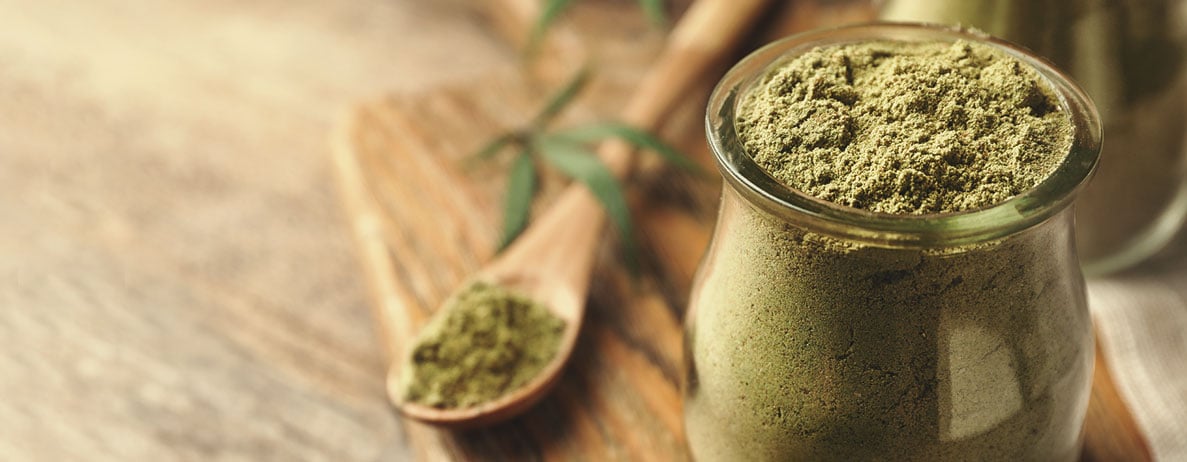
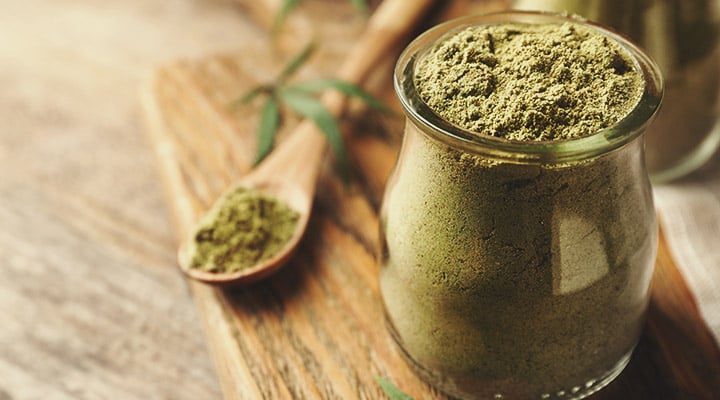
-
It’s Easy to Dose
Instead of cutting up chunks of brownie, THC powder offers a clean, effortless, and easy way to dose the cannabinoid. It doesn’t stick to anything, it’s easy to handle, and you can calculate how much THC your powder contains in a single teaspoon. Further below, you’ll learn exactly how to dose weed powder.
The Future of Cannabis Edibles
The future of cannabis edibles looks fast and efficient. Legal countries and states are about to see a surge in fast-acting preparations that will challenge smoking and vaping. More and more users are becoming health-conscious in their habits, and enhanced edible products will surely tempt people away from the known dangers of smoking and vaping, and toward cannabis water, coffee, tea, and an ever-growing range of sweet and savoury snacks.
Make Your Own Cannabis Powder
Now that you know a bit more about cannabis powder, it’s time to make your own! If you like the sound of shovelling teaspoons of THC powder into your morning coffee instead of firing up a bong, then get some gear together and follow the recipe below.
Equipment
- Mason jar
- Bowl
- Mixing spoon
- Sieve
- Scales
- Grinder
- Cheesecloth
- Baking paper
- Baking tray
- Saucepan
Ingredients
- Cannabis strain of choice (5g)
- 32g coconut oil
- 150g maltodextrin
- ½ teaspoon sunflower lecithin powder (emulsifier)
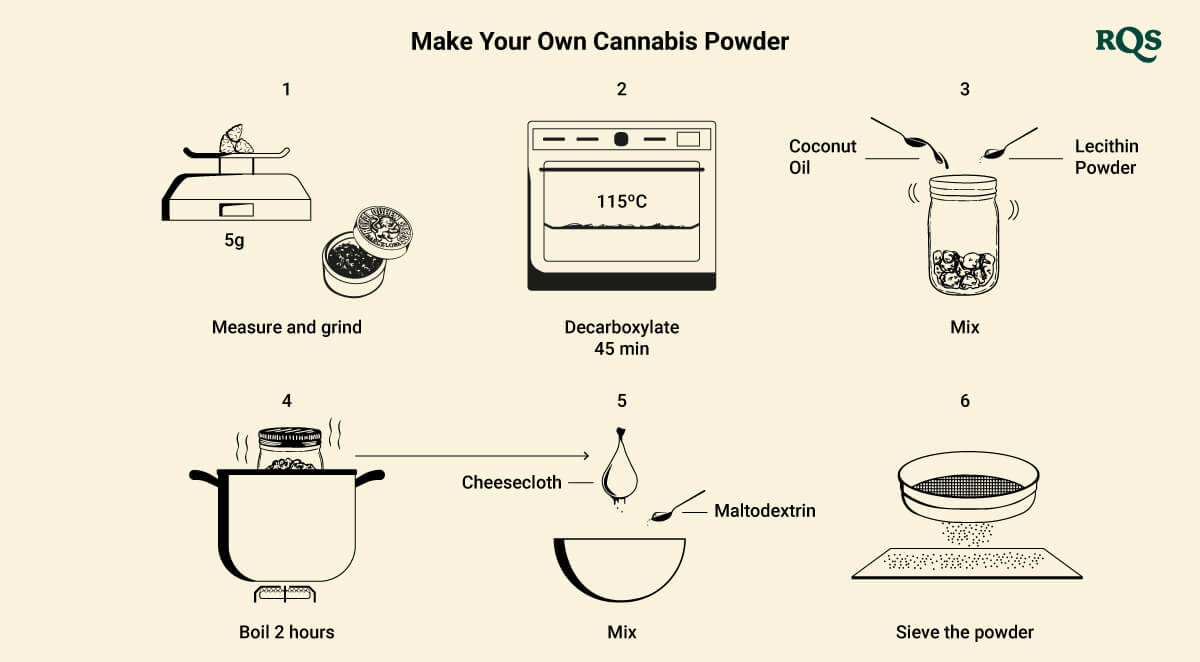
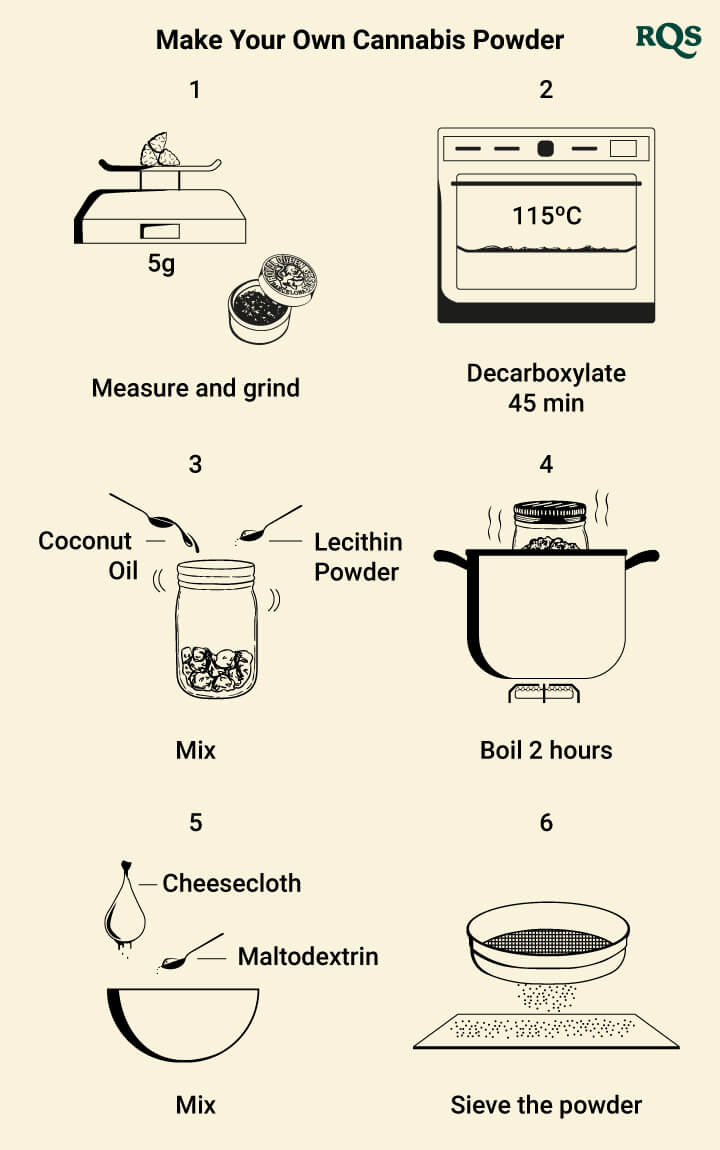
Directions
- Use your scales to measure out 5g of cannabis.
- Grind your buds into a coarse powder using your grinder.
- Place a sheet of baking paper on a baking tray and spread the ground bud evenly across it.
- Preheat your oven to 115℃ and place your weed inside for approximately 45 minutes to decarboxylate non-psychotropic THCA into “activated” THC, stirring the weed halfway through.
- Place your weed into the Mason jar; add the coconut oil and sunflower lecithin powder, and stir thoroughly.
- Screw the lid onto the jar and fill a saucepan halfway full with water. Boil for two hours (be sure to top up the water if it starts to evaporate too quickly).
- Strain the mixture through a cheesecloth into a mixing bowl. Add the maltodextrin and mix thoroughly (this ingredient is high in carbs and adds a water-soluble element to the blend).
- Sieve the powder onto another sheet of baking paper to create a fine consistency.
- Shop in a clean and dry Mason jar.
How to Dose Your Weed Powder
There you have it! You’ve created a water-soluble THC powder that you can add to anything or use on its own. But before you start getting all gung-ho, it’ll help to learn how to dose your weed powder so you don’t overshoot the mark.
The potency of your powder will depend on the THC content of your chosen strain; you also need to consider the small amount of THC loss that occurs during decarboxylation. To save you the mathematics, below we share how much THC you’ll receive in a teaspoon of powder according to the most common THC percentages available (when using 5g of weed):
| 10% THC = 5mg | 12% THC = 6mg | 14% THC = 7mg |
| 16% THC = 8mg | 18% THC = 9mg | 20% THC = 10mg |
| 22% THC = 11mg | 24% THC = 12mg | 26% THC = 13mg |
| 28% THC = 14mg | 30% THC = 15mg |
| 10% THC = 5mg | 12% THC = 6mg | ||||||
| 14% THC = 7mg | 16% THC = 8mg | ||||||
| 18% THC = 9mg | 20% THC = 10mg | ||||||
| 22% THC = 11mg | 24% THC = 12mg | ||||||
| 26% THC = 13mg | 28% THC = 14mg | ||||||
| 30% THC = 15mg | |||||||
|---|---|---|---|---|---|---|---|
A teaspoon of THC powder equates to roughly 4g. You can use this figure to work out a more accurate dose using sensitive scales. For example, 4g of weed powder made using a strain with 20% THC will serve up 10mg of THC. If you want a less potent dose, measure out 2g for a dose of 5mg of THC.
Things to Consider With THC Powder
Water-soluble THC remains novel, and there’s not much data about how it works in the body. Traditional edibles are infamous for their potency. As they make their way through the liver, THC is converted into 11-hydroxy-THC, a much more potent molecule that underpins the classic edibles high.
While much of the water-soluble THC that you consume will travel through the liver, some will diffuse into the tissues of the mouth and elsewhere in the body. Water-soluble THC powder also has a higher bioavailability, meaning it will take less material to get you stoned. Adding to this, you can expect to feel these effects within around 15 minutes, as opposed to 1–2 hours.
This preparation will affect each individual differently, and will feel unique compared to both edibles and smoking. Go low and slow, and experiment to find your sweet spot.
How to Use Your THC Powder
You can add weed powder to almost anything; your imagination is your limit here! For example, you can use it for recipes that call for maltodextrin. Simply substitute 1g of plain maltodextrin for cannabis powder. It works as a great addition to soups, salad dressings, and sauces. You can also mix it into beverages such as tea and coffee, and add a teaspoon into smoothies for a cannabinoid kick.
Weed Powder: A New Way to Get High
Weed powder offers a compelling means of getting high. It sits somewhere between smoking and traditional edibles when it comes to onset, and vastly outperforms cannabutter-infused goodies in terms of bioavailability. If you want a fast-acting high that will send you to the moon—and quickly—then set some of your buds aside to make a batch of THC powder.
DisclaimerExtracts, concentrates, and oils used for dabbing are among the strongest cannabis products available. Proceed with caution when using substances high in THC. Start with low doses and slowly increase over time to build up a tolerance to the compound.
Remember: Set and Setting will help you deal with various situations.
Stay Cultivated.


























